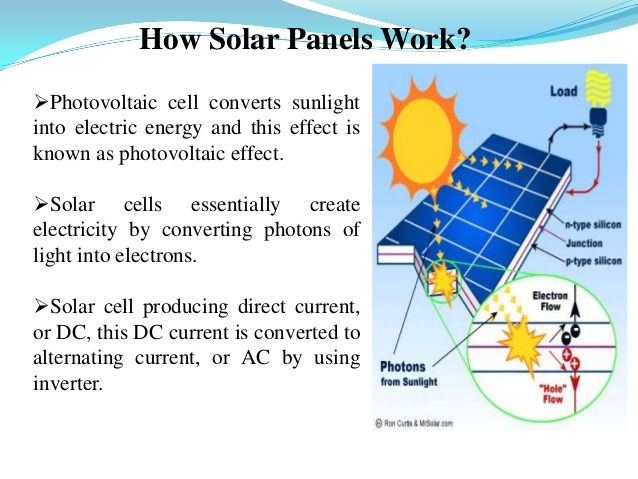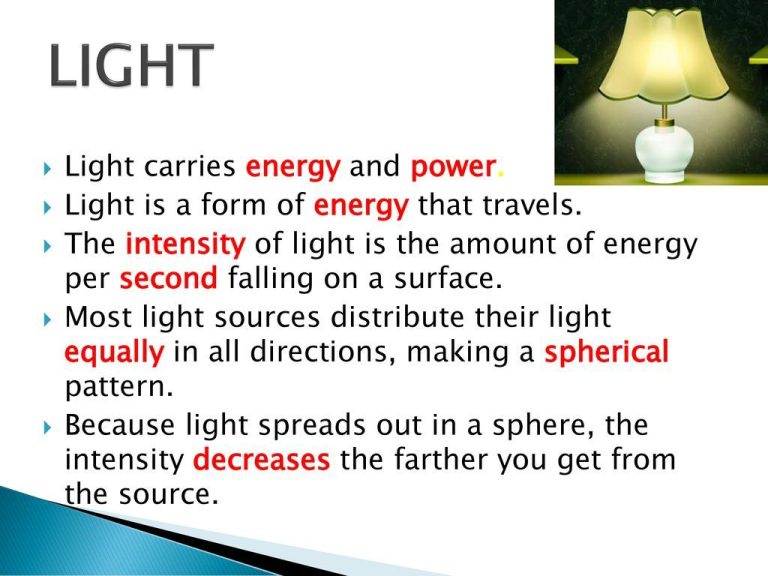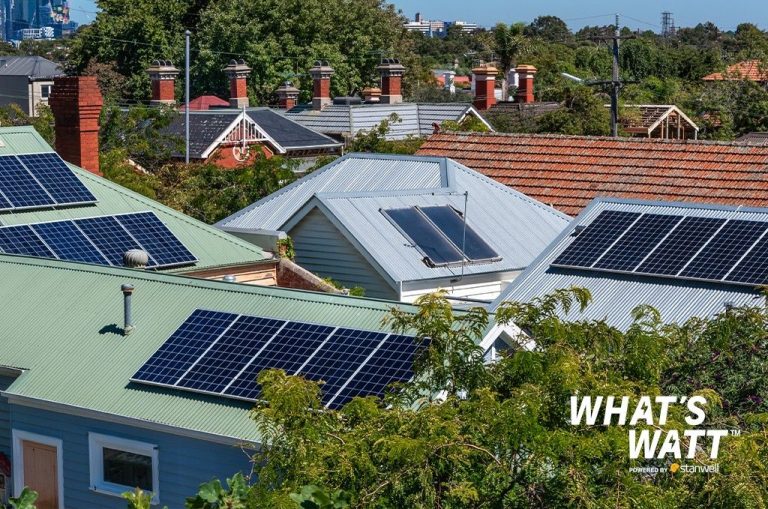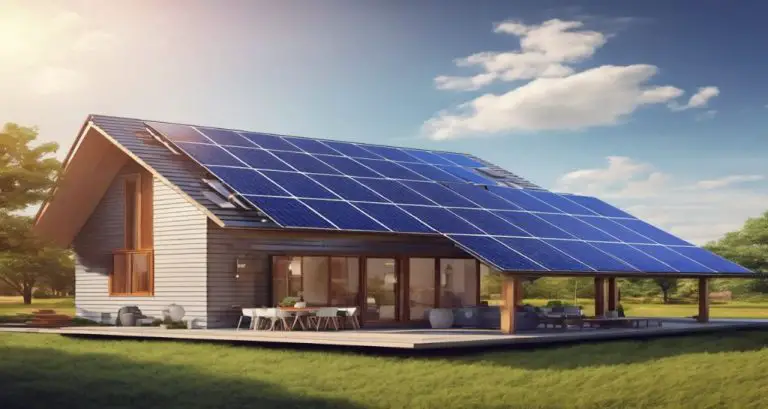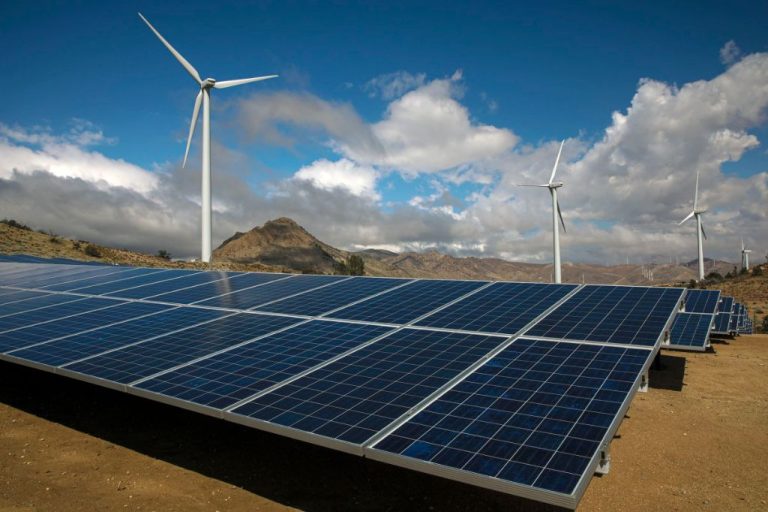How Do I Know Which Solar Is Best?
Choosing the right solar power system for your home is an important decision that requires careful consideration of several key factors. With the rising cost of electricity from the grid and increased concern about environmental sustainability, more homeowners are looking to solar power. Determining the optimal solar solution for your specific needs will ensure maximum return on investment and satisfaction. There are various types of solar panels and systems to evaluate based on your energy requirements, available space, budget, and local conditions. Evaluating these aspects in-depth is essential to select a system well-suited to your home.
Your Energy Usage
When considering solar panels, it’s important to analyze your home’s current energy usage. This process is called load profiling and involves examining your electricity bills to determine your average monthly and yearly electricity consumption. Understanding your energy usage will help determine the appropriate solar system size to meet your needs.
Load profiling provides key data points like your peak energy demand and daily consumption patterns. For example, if your peak usage is in the evenings when solar production is low, you may need a battery storage system to capture excess daytime solar power. Or if your energy use is very high, you may need a larger solar array. Analyzing your existing load profile is a crucial first step to designing the right solar system for your home.
In addition to overall energy usage, it’s helpful to profile which appliances and equipment account for the most consumption. Big energy users like electric vehicles, pools, and HVAC systems should be considered when sizing your solar system. An energy audit can uncover opportunities to improve efficiency in advance of going solar, which may allow you to downsize your eventual solar system needs.
Understanding your detailed energy consumption patterns allows solar installers to design a system tailored to your unique usage. With your load profile in hand, you can be assured your new solar array will adequately meet your household’s electricity demands.
Available Space
When considering solar for your home, one of the most important factors is how much roof or land space you have available to install solar panels. The size of your solar array will directly depend on the physical area you have to mount the panels.
Typical residential solar panels are around 65 inches by 39 inches in size. Panels are usually installed in arrays or rows on a roof. You’ll need about 100 square feet of roof space per panel. For ground-mount systems, solar panels are spaced further apart and you may need about 300 square feet per panel.
To determine how much solar you can install, measure your usable roof space and divide by the square footage required per panel. This will tell you approximately how many panels your roof can accommodate. Similarly, measure your yard to see how large of a ground-mount system you could fit. Make sure to account for spacing, setbacks and shading when planning out your solar array.
Understanding how much physical space you have available is key to selecting the right size solar energy system for your home.
Local Solar Resource
The amount of sunlight that hits your roof or property has a big impact on how much solar energy you can produce. Areas that receive more annual sunlight will generate more solar electricity. Using solar maps and tools can help you analyze the solar resource available at your specific location.
The most important factors are:
- Sun Hours – This refers to the number of peak sun hours per day on average, based on historical weather data. More sun hours equals more potential solar energy production.
- Tilt and Orientation – The direction your solar panels face and their tilt angle affects how much direct sunlight they receive. Facing south is optimal in the northern hemisphere.
- Shading – Nearby trees, buildings or other objects that cast shadows on your solar array will reduce energy generation. Minimal shading is ideal.
Online solar maps use satellite data, weather models and other inputs to estimate the average daily and annual solar potential of specific sites. They can help you understand how much electricity you could realistically generate. There are also solar assessment tools that take shading into account for an even more accurate analysis. Getting a professional site evaluation is recommended.
Understanding your specific solar resource will help determine what size solar system makes sense for your location and energy needs.
Local Electricity Costs
The cost of electricity in your area is a key factor in determining potential savings from installing solar panels. Areas with high electricity rates will see greater savings by offsetting consumption from the grid with solar power. Understanding your utility’s rate structure is important.
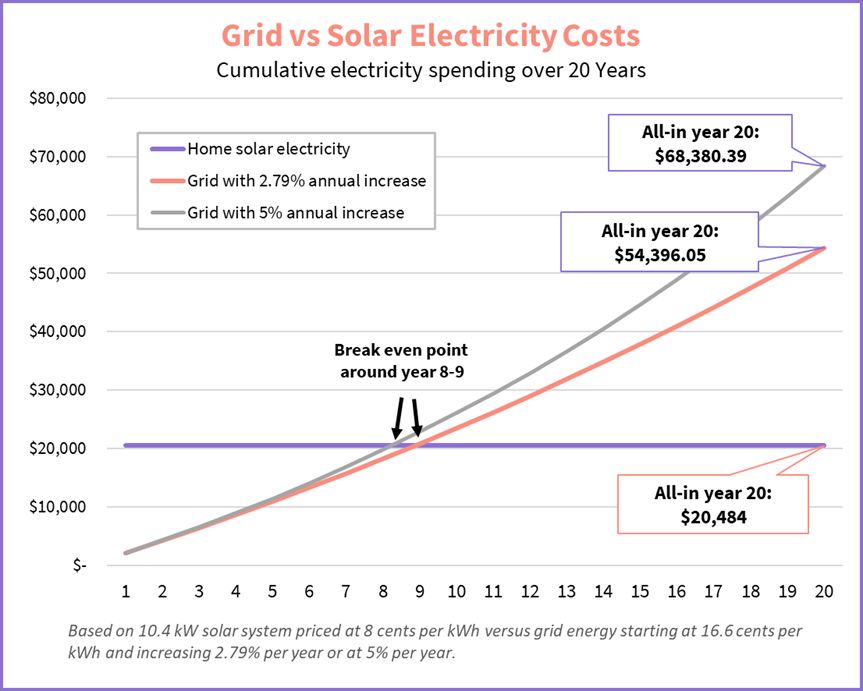
Many utilities use time-of-use pricing, charging different rates depending on time of day and season. Rates are usually highest during peak afternoon hours when demand is high. Solar production aligns well with these peak times, enabling maximum savings. You’ll want to analyze your specific rate plan and energy use patterns.
Also look into net metering policies, which allow solar customers to get credit for excess power sent back to the grid. This effectively lets you save up solar production credits to offset nighttime or winter energy use. The value of net metering can greatly impact ROI.
Crunching the numbers on your local electricity rates, time-of-use plans, and net metering rules is crucial for understanding potential cost savings with solar in your area.
Economics
The costs of solar systems have dropped dramatically in recent years, making solar energy much more affordable for homeowners. However, installing solar still requires a significant upfront investment. The average cost of a residential solar system is around $18,000 before any incentives or tax credits. The exact cost depends on factors like your location, roof type, and system size.
Luckily there are several financial incentives available to help reduce the cost of installing solar panels. The federal solar tax credit allows you to deduct 26% of the cost of installing a solar energy system from your federal taxes. Many local and state governments also offer additional rebates and tax credits that can save you 20-50% off the total cost.
Most homeowners choose to finance solar panels with solar loans or power purchase agreements (PPAs) to pay off the costs over time. This spreads out the cost over 15-25 years. The monthly payments are often less than your previous electricity bills. This allows you to start saving money from day one.
On average, a home solar system will pay for itself within 5-7 years through electricity savings and incentives. After this payback period, the electricity generated is essentially free for the remainder of the system’s 25+ year lifespan. Going solar is thus a smart long-term investment that can increase the value of your home.
System Types
When deciding which solar system is best for you, there are several options to consider:
Rooftop Solar
Rooftop solar panels are installed directly on your roof. This is the most common type of residential solar system. The pros of rooftop solar include:
- Maximizes your available space by using your roof
- Often the most economical option for homeowners
- Easy to tie into your home’s electrical system
The cons of rooftop solar include:
- Limited by your roof size and sunlight exposure
- Can be more complex for steep roofs or tile roofs
- May need roof repairs and reinforcements
Ground-Mount Solar
Ground-mount solar panels are installed on racks or poles anchored to the ground. The pros of ground-mount solar include:
- Ideal for properties with large open spaces
- Allows optimal solar panel positioning
- Easier installation and access for maintenance
The cons of ground-mount solar include:
- Uses additional land space
- May require local permitting and land use approval
- Added costs for mounting equipment and labor
Community Solar
With community solar, you buy or lease part of a larger solar array located elsewhere, but still get credits on your electricity bill. The pros of community solar include:
- Allows participation even if you rent or have a shaded roof
- Often simple and affordable to enroll
- Help support local clean energy
The cons of community solar include:
- You don’t own or control the system
- Savings may be less than direct ownership
- Options depend on local program availability
Panel Types
There are three main types of solar panels to choose from for your home solar system – monocrystalline, polycrystalline, and thin-film panels. Each has its own advantages and disadvantages.
Monocrystalline Panels
Monocrystalline panels, also known as single-crystal silicon panels, are made from silicon ingots which are cylindrical in shape. The cells used in monocrystalline panels have a uniform look and color.
Pros:
- Most efficient panels, with efficiency rates of 15-20%
- Perform better in low light conditions
- Have a sleek, uniform appearance
Cons:
- More expensive than polycrystalline panels
- Waste more silicon during manufacturing
- Lose efficiency quicker in high heat
Polycrystalline Panels
Polycrystalline, or multi-crystal silicon panels, are made from silicon ingots which are square in shape. The cells have a speckled blue color and look less uniform.
Pros:
- Cheaper than monocrystalline
- Performs well in high temperatures
- Less waste during manufacturing
Cons:
- Slightly less efficient than monocrystalline
- Appearance isn’t as sleek
- Lower performance in low light
Thin-Film Panels
Thin-film panels are made by depositing one or more thin layers of photovoltaic material onto a substrate. Common thin-film materials are cadmium telluride, copper indium gallium selenide, and amorphous silicon.
Pros:
- Cheapest option
- Can be made to fit curved surfaces
- More shade tolerance
Cons:
- Much lower efficiency, around 10%
- Takes up more space for the same output
- Can degrade faster than crystalline silicon
Batteries
Adding battery storage to your solar system can provide backup power during grid outages and allow you to store excess solar energy during the day for use at night. This is called “time-shifting” your solar production. There are several pros and cons to consider when deciding on batteries:
Pros:
- Provide backup power – With batteries, you can keep your lights on and critical devices powered during grid failures.
- Increase self-consumption – Store extra solar energy for use when the sun isn’t shining instead of sending it back to the grid.
- Avoid peak rates – Charge batteries when rates are low and use the stored energy during high-price peak hours.
- Earn revenue – In some areas you can earn money by storing energy and selling it back at peak times.
Cons:
- High upfront cost – Battery storage can add thousands to the system cost.
- Replacement – Batteries degrade over 5-10 years and will need replacement.
- Efficiency loss – Some energy is lost charging and discharging the battery.
- Maintenance – Batteries require some ongoing maintenance and monitoring.
- Space – Batteries take up space and need proper ventilation.
Overall, adding battery storage provides useful capabilities but also increases system complexity and cost. Carefully weigh your specific needs and goals when deciding if it’s right for your solar installation.
Conclusion
Choosing the right solar system for your home can seem complicated at first. However, by taking the time to analyze a few key factors, you can determine which solar option makes the most sense for your situation.
First, carefully evaluate your home’s energy usage patterns and roof space to determine the proper system size. Understanding your electricity costs and any available rebates will reveal the economics involved. Research the solar resource in your area to select equipment optimized for local conditions.
Also, weigh the pros and cons of different solar panel and battery technologies. Monocrystalline and polycrystalline panels have higher efficiency but cost more. Adding a battery bank provides backup power but adds expense. Finally, evaluate quotes from installers and financing options to find the best overall value.
The solar market offers many choices today. But if you focus your decision on the factors of system size, equipment, economics, and installers, you can feel confident in choosing the ideal solar installation for your home.

